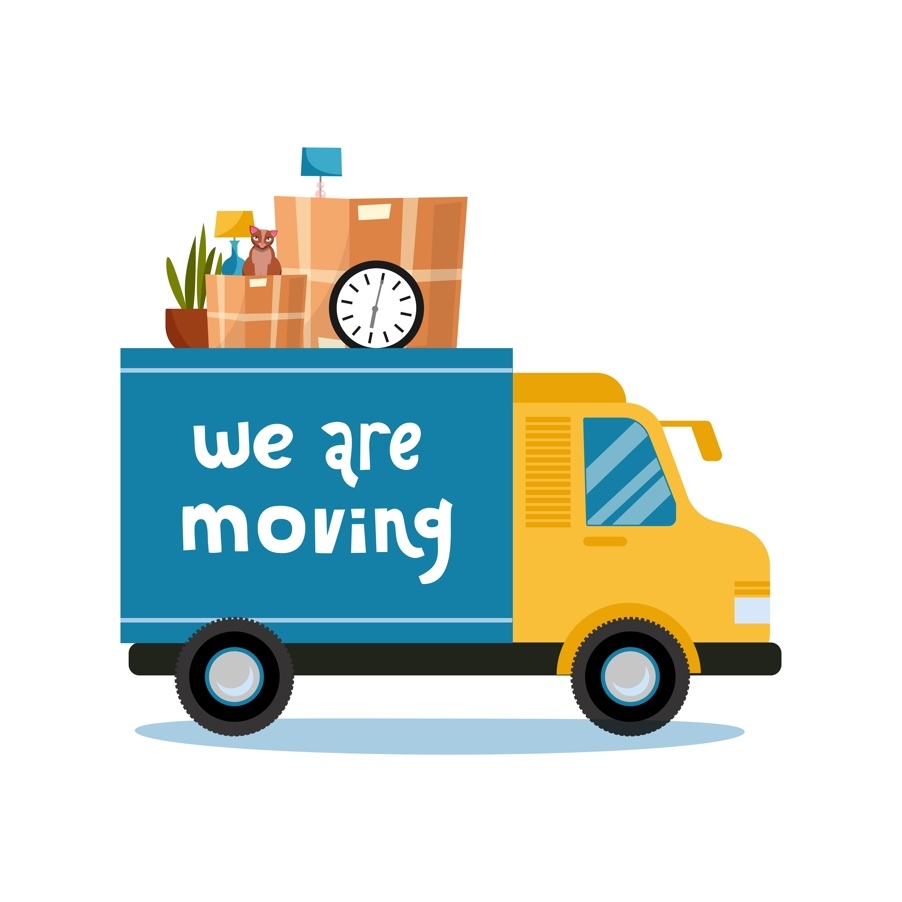Last updated on
Follow these tips to make your move between states a hustle-free endeavor. Read on!
Moving from one state to another can be exciting and daunting at the same time. People move homes all the time. Some move for jobs or educational opportunities, while others may want a change of scenery. Regardless of motive, relocating across state lines is not without its challenges.
From the logistics of transporting belongings to the careful planning and preparation needed for a smooth transition, it can all be overwhelming. Add in children and pets, and you have quite a bit on your hands.
According to the U.S. Census Bureau, less than one-fifth of movers transitioned between states. This isn’t surprising. Moving across states is not a decision that people take lightly due to the number of challenges it holds.
What's Inside
Why Are Long Distance Moves Challenging?

Moving homes, especially across state lines, presents a range of unique challenges that you need to be prepared for. These challenges involve logistical, emotional, and practical aspects that all pose numerous difficulties of their own.
Logistical challenges are among the most significant hurdles you will face when moving homes from one state to another. This is because coordinating the transportation of belongings across long distances is no easy feat.
It involves finding reliable moving services and determining the most suitable moving option. For example, the question of hiring professional movers or renting a moving truck and doing it yourself. Scheduling the move to align with both the departure and arrival dates can be another complex task.
You then have to consider the potential need for storage facilities during the transition, which adds another layer of logistical planning.
The Emotional and Practical Challenges
It’s not all logistics, though. Emotionally, moving across state lines can also be hard. When people relocate across state lines, it frequently coincides with something significant in their lives. They may be leaving their childhood home or leaving behind friends and family. A lot of people become homesick and lonely for some time.
The emotional effects for some are so severe, several universities provide resources and counseling for students who have just moved in from another state/far away.
Practical challenges also arise when moving homes across state lines. These can include obtaining necessary documentation and paperwork, such as updating your driver’s license, transferring vehicle registration, and registering to vote in the new state.
Researching and understanding the differences in tax regulations, healthcare systems, and educational opportunities are additional practical considerations that can become overwhelming easily.
Thus, it is obvious that someone about to make an interstate move will require a good deal of preparation. Let’s explore that aspect now.
How to Prepare for an Interstate Move?

The actual process of moving can be overwhelming if you haven’t prepared in advance. Creating a list with boxes to check before completing your move can help mitigate any overlooked items. You should probably make your own checklist, but here is a sample one that can be helpful.
- Notify Important Parties:
- Notify the postal service of your address change and set up mail forwarding.
- Notify your bank, credit card companies, insurance companies, and other key institutions of your new address.
- Update your contact information with federal entities such as the Department of Motor Vehicles and the Internal Revenue Service.
- Research and Arrange Moving Services:
- Research and hire a moving company with a good reputation or plan for a DIY move if preferred.
- Obtain multiple quotes from moving companies and compare their services and prices.
- Schedule the moving date and make necessary arrangements with the chosen moving company.
- Sort and Declutter:
- Go through your belongings and decide what to keep, give away or put on sale.
- Hold a garage sale or sell unwanted items online to lighten the load.
- Donate usable items to charities or shelters.
- Pack and Label:
- Begin packing well in advance, starting with items you use less frequently.
- Use high-quality boxes, strong duct tape, foam, or bubble wrap so that your items will be safe over the long journey.
- Label each box with the items inside and which room it came from for easier unpacking.
- Transfer Utilities and Services:
- Contact utility companies at both your current and new locations to arrange for the disconnection and connection of services.
- Schedule the transfer of internet, cable, and other necessary services.
- Attend to Insurance and Driver’s License Changes:
- Update your driver’s license and vehicle registration with the new state’s DMV.
- Transfer your voter registration to the new state.
- Notify your employer of the address change for tax and payroll purposes.
- Update your insurance policies to reflect the new address.
- Prepare for Travel:
- Make travel arrangements if you are moving long-distance, including booking flights or planning road trips.
- Arrange accommodations for the journey and overnight stays if necessary.
- Pack essential documents, medications, and valuables to keep with you during the move.
- Complete Necessary Documentation:
- Obtain any other required permits or licenses specific to your new state.
- Gather important documents such as birth certificates, passports, medical records, and school records.
- Inform Friends and Family:
- Notify friends, family, and important contacts about your upcoming move and provide them with your new contact information.
- Take Care of Last-Minute Tasks:
- Empty and defrost the refrigerator and freezer.
- Double-check all rooms, closets, and storage areas to ensure nothing is left behind.
- Securely pack and carry valuables and important documents with you during the move.
The Tkaeaway
You might need to move around the order, but this should give you a basic skeleton that you can build on. Moving across state lines can be tough, but try to embrace the process and view it as an adventure. Remember that you don’t have to do everything by yourself.
A lot of people, even after hiring professionals to do the job, will still hover around and “help out”. Don’t waste your energy on aspects that can be handled by them. Instead, focus on ensuring you have a stress-free time.
As a bonus, the organization skills that you learn from an interstate move are going to help you out in the future.




